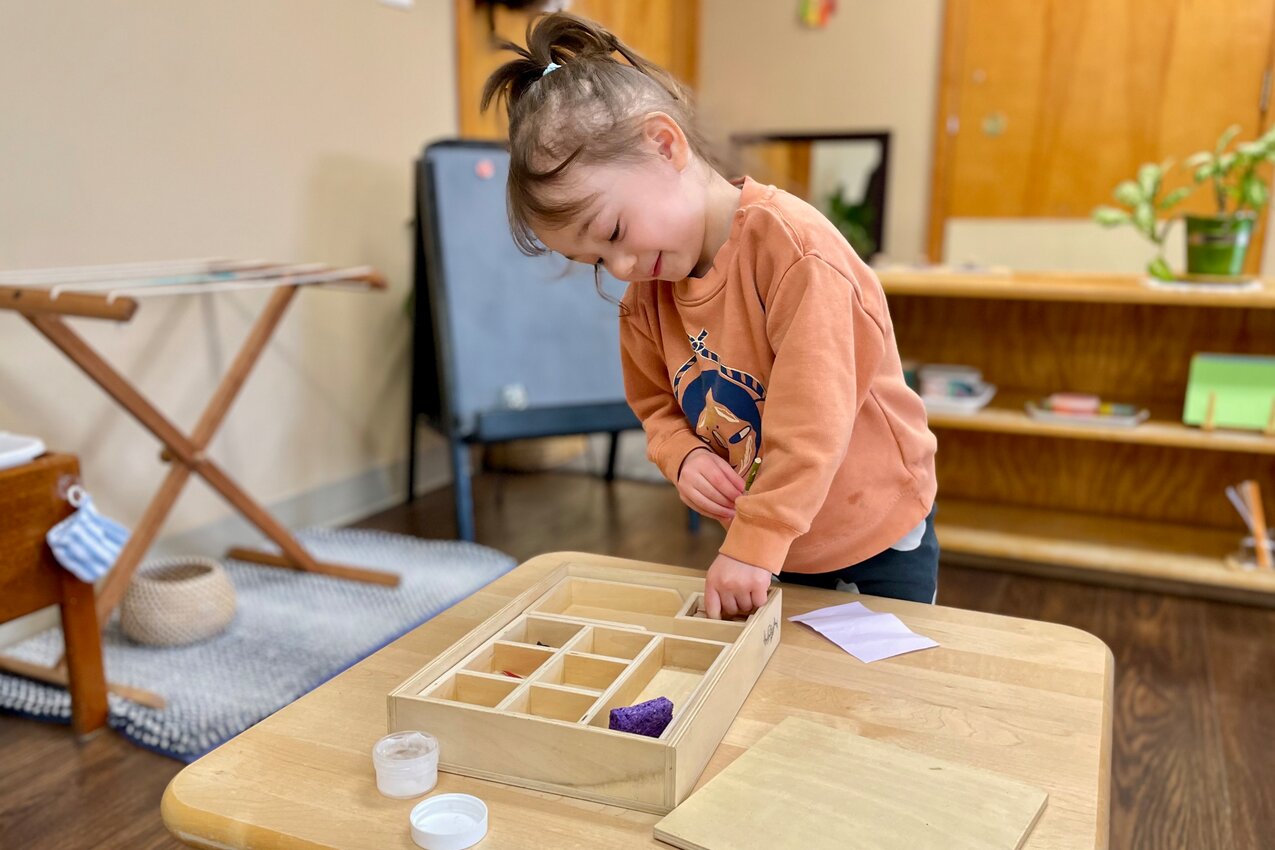
Freedom Within Limits: A Foundation for Growth
— Maria Montessori, The Absorbent Mind“To let the child do as he likes when he has not yet developed any powers of control is to betray the idea of freedom”
All children are born with immense potential. They possess a natural ability to learn and thrive in their own time and place. One of the most common misconceptions about Montessori education is that children are allowed to roam freely and do as they please. While we do follow the child by observing their interests, abilities, and development, our role as guides and caregivers is to provide structure, reassurance, and guidance.
Montessori emphasizes freedom within limits—a balance that allows children to explore independently while respecting boundaries that support their growth. As the child’s guide, one of our primary goals is to ensure the child, their peers, and the environment are safe and free from obstacles, allowing for uninterrupted development. Rather than constantly directing or redirecting children to do only what we want, we support them in their own process of development.
Setting clear expectations and rules can be challenging, especially when it’s tempting to simply say, “No, you may not pour water on the floor.” However, by offering clear alternatives, such as, “You may pour water into the bucket or basin,” we provide children with the opportunity to succeed. As one of our former guides puts it best: “Practice makes progress, and progress makes perfect!” When we consistently uphold rules and expectations, we give children the tools they need to grow, develop self-control, and self-regulate. Limits also help children feel safe and build a sense of security.
When we observe young children, we often see that they lack impulse control and may act on their emotions in the moment. However, when we offer them tools and choices, we encourage self-confidence and empower them to become independent at their own pace.
For example, in a Montessori classroom, a child is free to choose an activity from the shelf, but before they explore it independently, they first receive a lesson on how to use it. This is where limits are introduced. When the guide presents the lesson, they do so with careful, precise movements and intentional language, allowing the child to follow along step by step. Once the lesson is given, the child is free to engage with the activity independently whenever it is available. Another example of setting limits is teaching children that we walk indoors and run outdoors, reinforcing safety while allowing for movement.
The same principles can be applied at home. Here are a few examples:
- Limiting the number of toys on the shelf and making sure they are age-appropriate choices.
- Offering two clothing options: “Would you like to wear your race car shirt or your truck shirt?”
- Letting children choose the sequence of events rather than the event itself: “Would you like to brush your teeth first or take a bath first?” Either way, both tasks are completed.
- Giving choices for cleanup: “Would you like to clean up your toys by yourself or together?”
At first, children may resist boundaries, but consistency helps them develop self-discipline and confidence. Setting limits does not restrict their freedom—it empowers them to navigate the world with clarity and respect.
Freedom within limits may sound contradictory, but in reality, it is a way of establishing clear rules and expectations while still allowing children to explore and grow. As caregivers, we are here to support children through both challenges and successes. Setting limits is essential for their safety, emotional development, and ability to become responsible, respectful human beings. Children may not always like the boundaries we set, but when we remain consistent and offer positive choices, we help them develop independence, self-expression, and confidence in a meaningful way.
Written by Sophie Nguon, Hawthorn Toddler Guide
